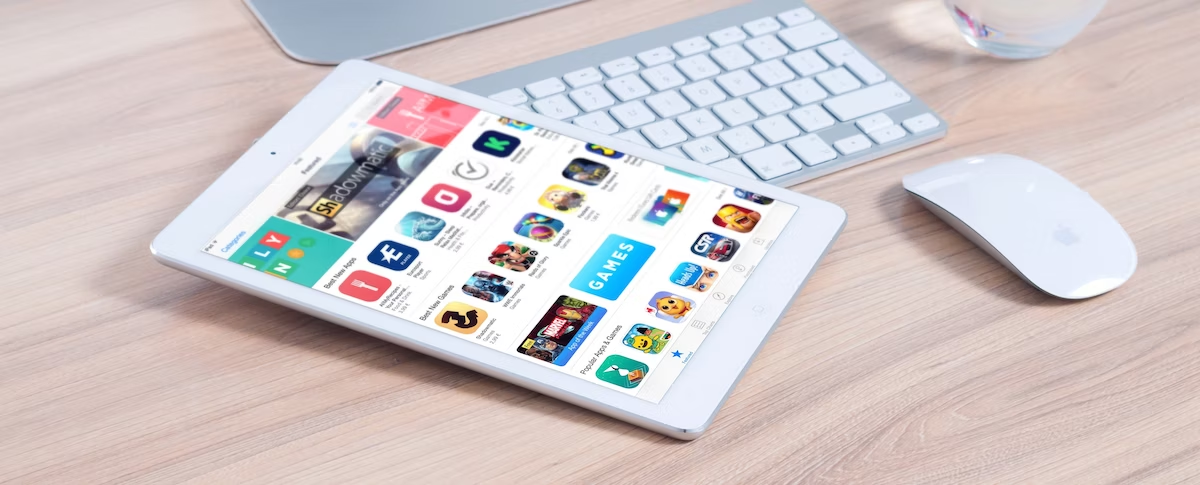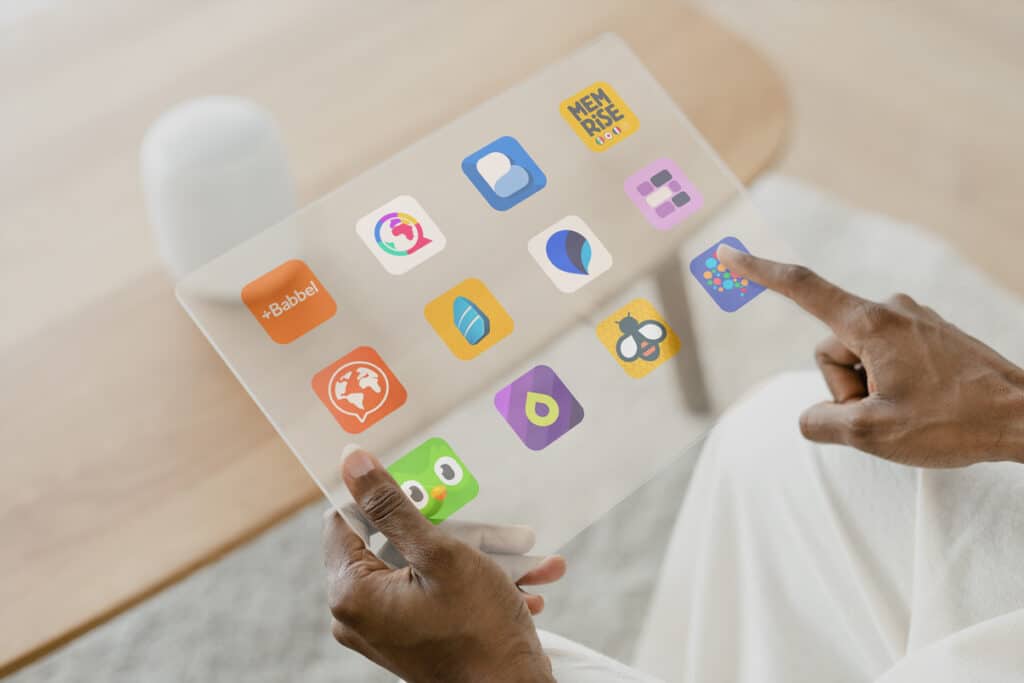In mobile app development the significance of accessibility is often underestimated. The majority of applications are not designed with consideration for individuals with disabilities or limitations. Despite the tendency to view accessibility as an optional ‘nice to have’ feature, it is, in fact, a vital component in the contemporary mobile landscape.
Specifically, when developing apps for special needs, integrating accessibility from the outset can profoundly enhance the user experience and potentially lead to increased revenue. This approach is especially crucial in Edtech mobile apps, where inclusivity can make a substantial difference in educational outcomes.
Geniusee stands out as a reliable tech provider that fully recognizes the importance of this aspect. With a deep commitment to inclusivity and user-centric design, Geniusee has established itself as a leader in creating technology solutions that cater to a diverse range of needs.
Today, we are delighted to share our technical expertise in this article, drawing from our extensive experience in developing accessible and impactful apps, especially in the realm of Edtech. Our approach is not just about meeting standards, but about innovating in ways that truly enhance the user experience for individuals with special needs.

Apps for Special Needs: Case Studies
In the realm of education technology, it’s crucial to consider the challenges posed by limited mobility, vision, and hearing. Fortunately, a range of innovative applications has emerged to make life more accessible. Here’s a closer look at some outstanding special education apps designed to boost skills like communication, fine motor skills, and cognitive abilities:
1. Be My Eyes
This ingenious app connects visually impaired or blind users with sighted volunteers through their smartphones. By pointing the camera at what they want to see, users receive real-time assistance, although currently available only in English.
2. Tecla Device
Addressing the needs of people with limited upper-body mobility, Tecla enables smartphone and tablet access through assistive devices, transforming single-button presses into specific on-screen actions.
3. Finger Reader
Empowering blind and visually impaired individuals to read printed text, this device, worn as a ring, captures text and converts it into spoken words as users run their fingers over it.
4. Otsimo
Tailored for students with autism, Otsimo focuses on enhancing fine motor skills, cognitive abilities, and language skills. It employs Applied Behavior Analysis (ABA) techniques for effective learning.
5. Choiceworks
An iOS app that helps children understand their daily schedules through visual and adaptable schedules, reducing stress and providing clarity.
6. Speech Blubs
This voice-guided speech therapy app aids children in mastering speech sounds and words. It offers a focused and ad-free learning environment and has received numerous awards.
Inclusive Edtech Applications Design
The principles of universal design in Edtech applications aim to promote equality and accessibility:
- Equality of use
Ensure that both disabled and non-disabled individuals can use the facilities.
- Flexibility in use
Design products to accommodate various needs, like left and right-handed users.
- Simple and intuitive use
Create products that are easy to understand without specialized knowledge.
- Ease of information perception
Present information in different formats for various types of perception.
- Possibility of making a mistake
Account for user errors in the design.
- Minimum physical effort
Require minimal effort for users to interact with the object.
- Size and space for use
Adapt products to different physical needs, such as wheelchair users.
Best Practices for Inclusive Edtech Applications
As we explore solutions to enhance accessibility in educational software development, several critical best practices come to light:
1. Consistency Matters
Consistency in user experience (UX) is paramount, especially for individuals with disabilities. An illogical interface can pose significant challenges for users who rely on screen readers or other assistive technologies. Ensuring consistent experiences across various screens and interfaces, be it visual, tactile, or auditory, is essential for fostering a unified UX.
Buttons and URLs should have clear and distinct labels, separate from the surrounding text. Visual cues, such as underlining or bold text, can help clarify these elements. Consistency in navigation layout, adhering to design guidelines like Google’s Material Design or Apple’s Human Interface Guidelines, benefits users with cognitive disabilities and those who are visually impaired.
3. Exit Warnings
It’s crucial to provide users with warnings when a navigation action might exit the application. Users should never accidentally close the app, which can be disorienting and frustrating.
4. Responsive UI
Considering that mobile apps may be viewed at different resolutions, it’s essential to test your application’s usability at various screen sizes. Ensure that your app accommodates users who may need to enlarge the content by up to 200%.
5. Contrast for Readability
Maintain a clear contrast between foreground and background elements. Text that lacks sufficient contrast with its background can be challenging to read, particularly for those with visual impairments. Avoid placing light text on a white background or dark text on a black background.
6. Font Style Considerations
Choose font styles that prioritize readability over aesthetics. Fancy or italicized fonts may be visually appealing to some but can pose readability challenges for others. When in doubt, opt for the recommended or default fonts as per established guidelines.
7. Accessible Images
Include descriptive text for images, especially when they convey meaningful information. These text descriptions should detail what the image represents and its relevance to the content. Decorative images, those devoid of additional information, should be ignored by accessibility tools.
8. Video and Audio Accessibility
Ensure that all media player controls are accessible to everyone. Hearing-impaired users should have the capability to adjust volume, and captions are crucial for conveying spoken content in videos or audio.
9. Comprehensive Testing
Thoroughly test your software before deployment, ensuring that all accessibility features are correctly implemented. Consider assembling a group of beta testers with disabilities for a more comprehensive assessment of user experience. Collaborate with colleges, universities, or local organizations to facilitate this testing process.
Accessibility is not a mere afterthought but a fundamental pillar in mobile app development, particularly in education technology. Geniusee, a leader in technology solutions, understands the pivotal role accessibility plays in fostering inclusivity. The showcased special education apps demonstrate the power of technology to enhance skills and improve the lives of individuals with disabilities.
Join Geniusee in our commitment to innovate and create effective apps for special education, breaking down barriers and empowering individuals to reach their full potential!


